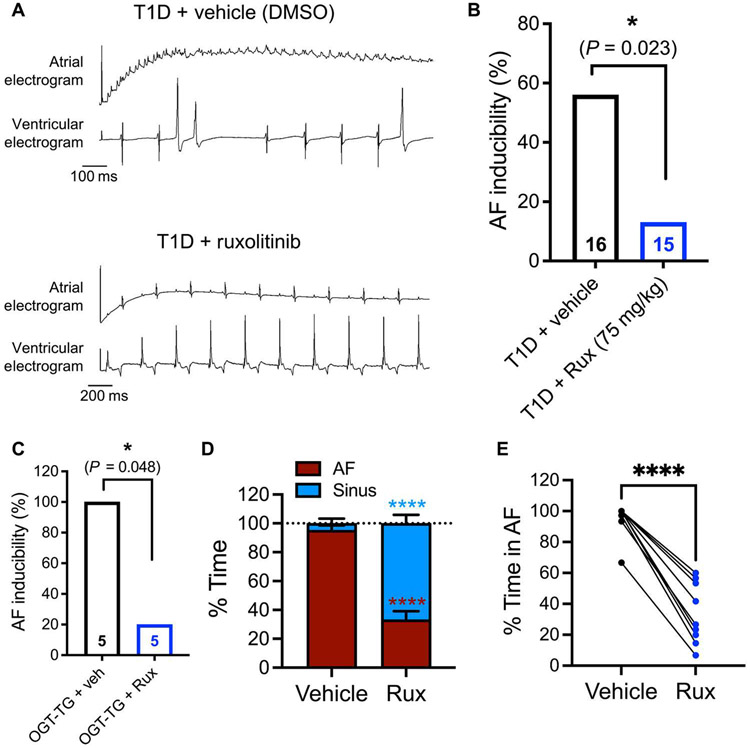Fig. 7. Ruxolitinib prevents and rescues AF in mice.
(A) Representative type 1 diabetic mouse tracings immediately after atrial burst pacing. DMSO-treated mice demonstrate AF (top), whereas ruxolitinib (Rux)–treated mice (75 mg/kg; single dose 10 min before, intraperitoneal) retain sinus rhythm (bottom). (B) AF inducibility percentage from mice in (A). The total number of mice analyzed per group is shown in each column: Nine of 16 vehicle-treated mice had AF versus 2 of 15 Rux-treated mice. (C) Sequential AF (AF) inducibility in OGT-transgenic mice. Mice were treated with vehicle immediately before AF induction; the same mice were then treated with ruxolitinib (75 mg/kg) before pacing for a second time. The number of mice analyzed per group is shown in each column (vehicle, five of five had AF; Rux, one of five had AF). (D) Percentage of time in AF or sinus rhythm (for 10 to 25 min after treatment administration) in CREM-IbΔC-X mice when treated with vehicle (baseline) or when treated with ruxolitinib (75 mg/kg) 24 hours later (n = 9, paired). (E) Individual trajectories of percentage of time in AF (for 10 to 25 min after treatment) in same mice as in (D) (n = 9, paired). Statistical comparisons were performed using two-tailed Fischer’s exact test (B and C), two-way ANOVA with Šidák’s multiple comparison’s test (D), and paired Student’s t test (E); *P < 0.05 and ****P < 0.0001.

